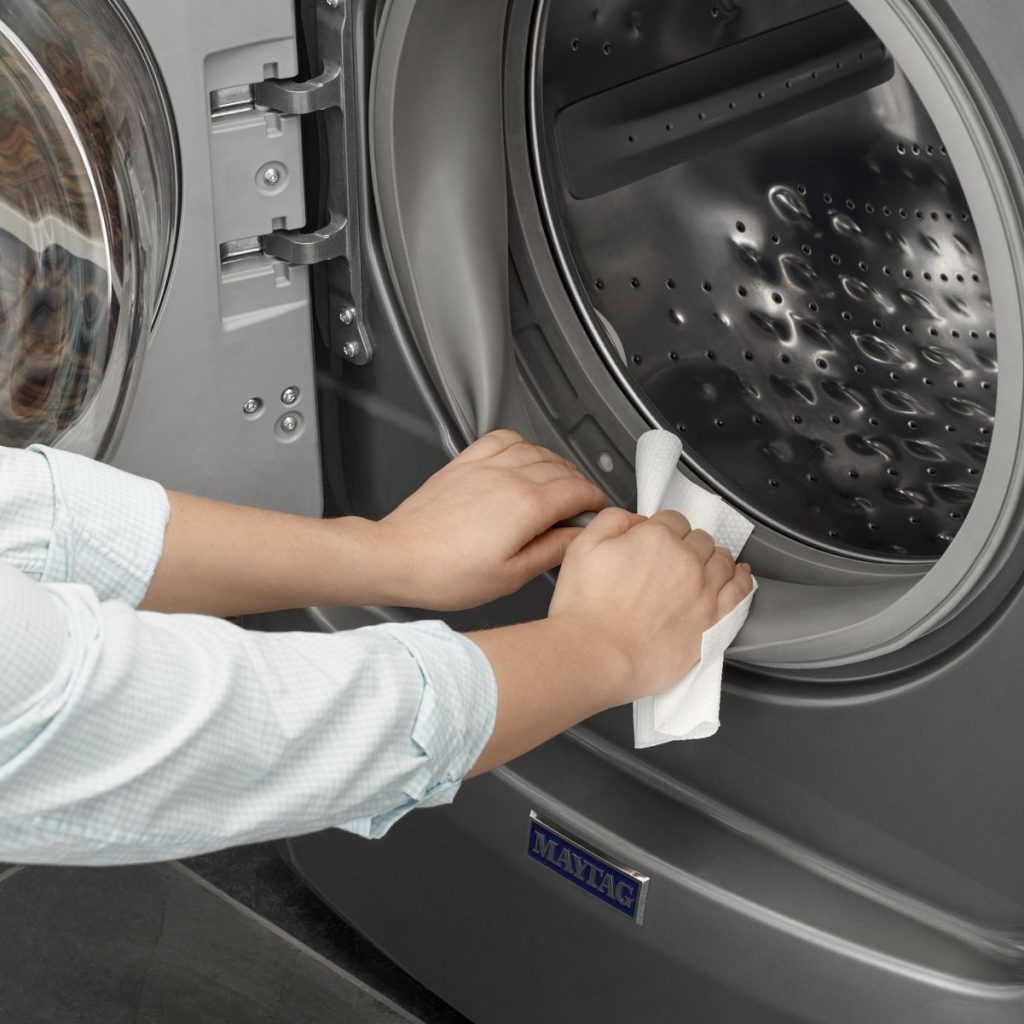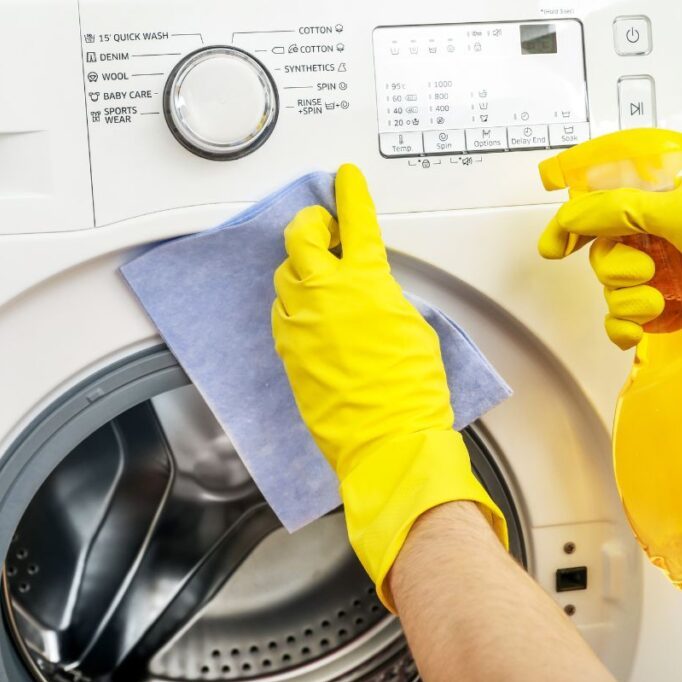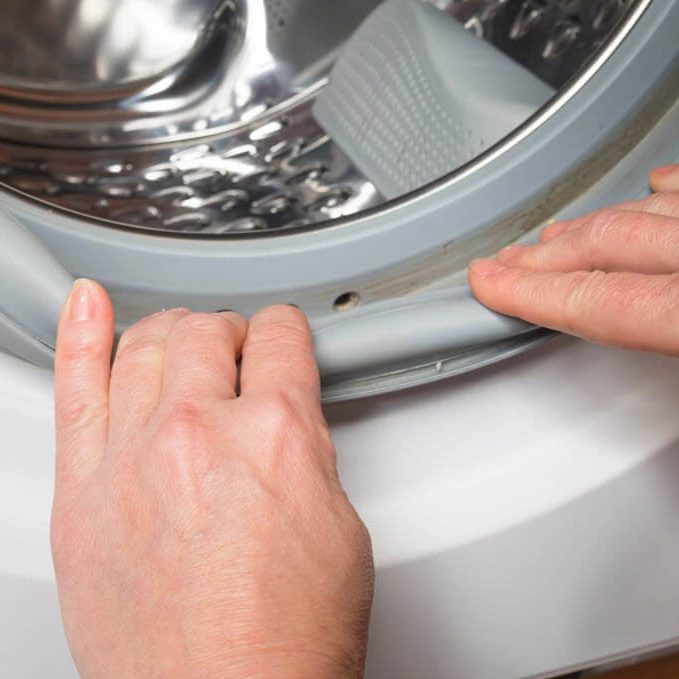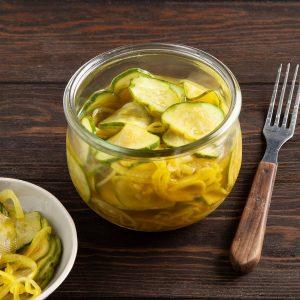Fight Mold in Washing Machine Seals Effectively
Introduction to Mold in Washing Machine Seals
Mold often plagues washing machine seals. These seals, made of rubber, provide ideal conditions for mold growth. Frequent exposure to moisture and detergent creates a perfect mold habitat, especially in hidden creases. Not only does mold look unpleasant, but it can also cause musty odors and affect your clothing’s cleanliness. Seeing black mold around the seal indicates it’s time for a thorough cleaning. In the following sections, we’ll explore effective strategies to tackle mold in washing machine seals and prevent its recurrence. Armed with the right knowledge and tools, you can maintain a clean and mold-free washing machine.

Understanding the Environment for Mold Growth
Moisture Retention
Mold thrives in damp environments. Washing machines inherently create these conditions due to their function. After a wash cycle, residual moisture can linger in the rubber door seal. This moisture, especially if left untreated, creates an ideal habitat for mold spores to settle and grow.
Nutrient Source
Mold requires nutrients to proliferate, and laundry detergents, fabric softeners, and dirt from clothes provide these resources. Even when clothes are clean, tiny particles can remain trapped in the rubber, providing fuel for mold growth.
Temperature Considerations
Temperature plays a significant role in mold growth. Warm, humid environments accelerate mold reproduction. The interior of a washing machine can become a warm, moisture-laden environment, especially in warmer climates or poorly ventilated spaces.
Signs of Mold in Washing Machine Rubber
Visual Indicators
One of the most apparent signs of mold presence is discoloration on the rubber seal. You may notice dark spots or patches, which are often a clear indication of mold growth. Though it may start small, it can quickly spread if not addressed.
Unpleasant Odors
If you begin to notice unpleasant, musty odors emanating from your washing machine, it is likely due to mold growth. This smell can be especially pronounced right after a wash cycle when the door is opened.
Residue or Film
Sometimes mold presents itself not through visible spots but as a slimy film on the rubber. This residue can make the surface feel slippery or sticky, indicating that it is time for a thorough cleaning.
Essential Supplies for Mold Removal
To combat mold in washing machine rubber seals effectively, you need the right supplies.
Cleaning Agents Options
Several options are at your disposal:
- Mildew Removers: Specialty products like Zep from Walmart target stubborn mold.
- White Vinegar: An eco-friendly solution that tackles mold without harsh chemicals.
- Baking Soda: Ideal for natural cleaning and deodorizing, available at mainstream retailers.
- OxiClean: A washing machine cleaner from Walmart, good for deep cleans.
Choose one based on your cleaning preference and the severity of the mold issue.
Protective Gear and Tools
Safety first. Protect yourself and gear up properly:
- Gloves: Walmart offers cleaning gloves to shield your skin from cleaning agents.
- Microfiber Cloths: For applying cleaners and drying surfaces, grab some from local stores.
- Soft Scrubbing Brush: An Amazon find, perfect for gentle yet effective scrubbing.
Before you start, ensure the cleaning area is well-ventilated. Fresh air helps prevent inhaling irritants.
Step-by-Step Guide to Removing Mold
To fight mold in washing machine rubber seals, follow these effective steps.
Using Specialized Mildew Removers
Start with a mildew remover, like Zep, for tough stains. Wear gloves and spray it on the seal. Scrub with a microfiber cloth or soft brush. Pay attention to seal folds.
Natural Remedies with Vinegar
White vinegar is a safe, natural alternative. Mix equal parts vinegar and warm water in a spray bottle. Apply to the seal, scrub, and let sit for 15 minutes. Then, rinse and dry.
Sanitizing Cycle for a Deep Clean
Run your washer’s hottest cycle without clothes. This kills remaining mold. For an extra clean, use a washing machine cleaner like OxiClean.
Baking Soda for Stain Lifting
Make a paste with equal parts water and baking soda. Apply it to stains, wait 15 minutes, then gently scrub. Rinse with water and dry to finish. Baking soda also helps remove odors.
 Preventing Mold Recurrence in Your Washing Machine
Preventing Mold Recurrence in Your Washing Machine
To keep mold at bay in your washing machine seal, follow these prevention tips. Mold thrives in damp, dark locations. By keeping your washing machine dry and clean, you can hinder mold growth.
Keeping the Machine Dry
After each use, wipe down the rubber seal with a dry cloth. Remove any moisture to deter mold. Leave the washing machine door ajar to let air circulate. This helps the seal dry out completely. For extra drying, use a fan or dehumidifier in the laundry room. Ensuring the rubber seal is kept dry is a key step in mold prevention.
Regular Washing Machine Cleaning Routines
Clean your washing machine at least once a month. Use the recommended cleaners from the previous sections. Run a hot wash cycle with a washing machine cleaner like OxiClean. This regular maintenance keeps the interior hostile to mold. Do not forget to clean the detergent drawer and remove lint or any debris.
Best Practices for Mold Prevention
Use less detergent to reduce residue that molds feed on. Choose high-temperature washes occasionally to kill any lingering spores. Check and clean filters regularly. These simple habits can make a big difference. The goal is to create an environment where mold cannot survive. Stick to these best practices, and you’re unlikely to face a mold issue again.
Troubleshooting Persistent Mold Issues
Dealing with persistent mold in washing machine rubber seals can be frustrating. To effectively tackle this problem, it’s crucial to understand the common causes and find the right solutions.
Understanding Causes of Mold Growth
Mold thrives in moist and warm environments. Reasons for mold in your washing machine may include:
- Leaving the washing machine door closed after use traps moisture.
- Excessive detergent use creates residue that mold feeds on.
- Infrequent cleaning allows mold to settle and grow undisturbed.
- Low-temperature wash cycles don’t kill mold spores effectively.
Identifying and addressing these factors can help prevent mold from taking hold.
Solutions for Stubborn Mold Stains
For stubborn mold stains, stronger methods may be needed:
- Increase the concentration of vinegar in your cleaning solution.
- Allow mold removers like Zep to sit on the seal longer before scrubbing.
- Repeat the sanitizing cycle multiple times if necessary.
- Consider a stronger, commercial mold remover from a trusted brand.
Persistence and the right cleaning agents can overcome even tough mold issues.
Professional Advice on Mold Elimination
Sometimes, you may need advice from a professional. If you’ve tried multiple methods without success, consider consulting a cleaning specialist or appliance repair professional. They can provide tailored advice and may suggest professional-grade products or techniques.
Following expert guidelines can ensure thorough mold removal and help you maintain a clean, healthy washing machine. Stay proactive with cleaning routines to enjoy a mold-free laundry experience.
 Conclusion: Maintaining Mold-Free Washing Machine Seals
Conclusion: Maintaining Mold-Free Washing Machine Seals
To avoid mold in washing machine rubber seals, it’s vital to stay vigilant. Regular cleaning and drying are key. Here’s a summation of the best practices:
- Clean your washing machine seals at least monthly. Use cleaners like vinegar, baking soda, or mildew removers.
- After each laundry session, dry the rubber seal and leave the door open. This helps prevent mold growth.
- For strong stains, make a thicker baking soda paste or use more vinegar.
- Run a hot water cycle regularly, without clothes, to sanitize your machine.
- Cut down on detergent to minimize residue where mold can thrive.
- If problems persist, seek expert advice to tackle stubborn mold.
By following these tips, you’ll protect your machine and clothing from mold. This ensures cleaner laundry and a healthier home environment. Remember, preventing mold is easier than removing it. So keep your washing machine as dry as possible, clean it frequently, and you’ll keep mold at bay.

